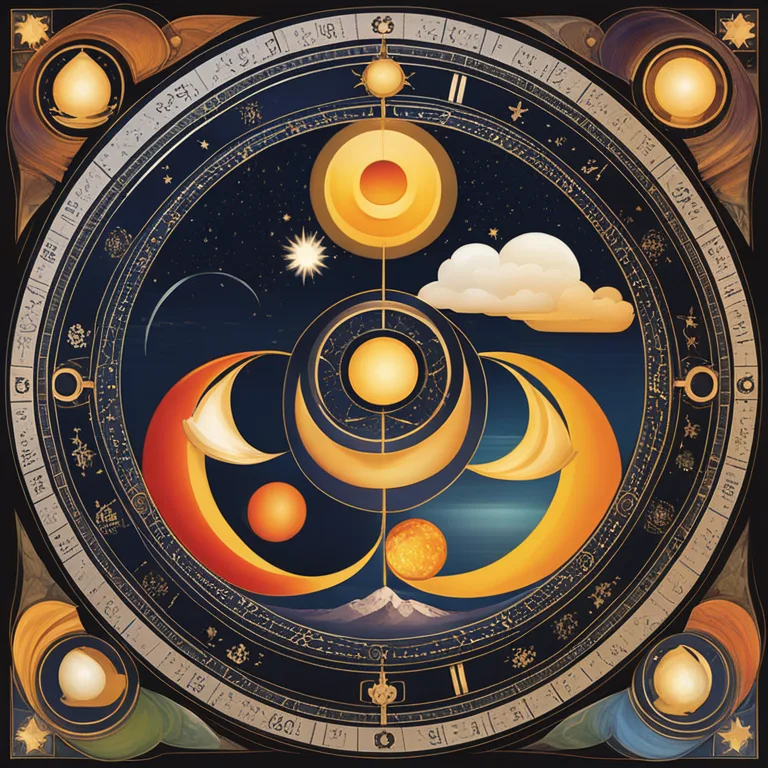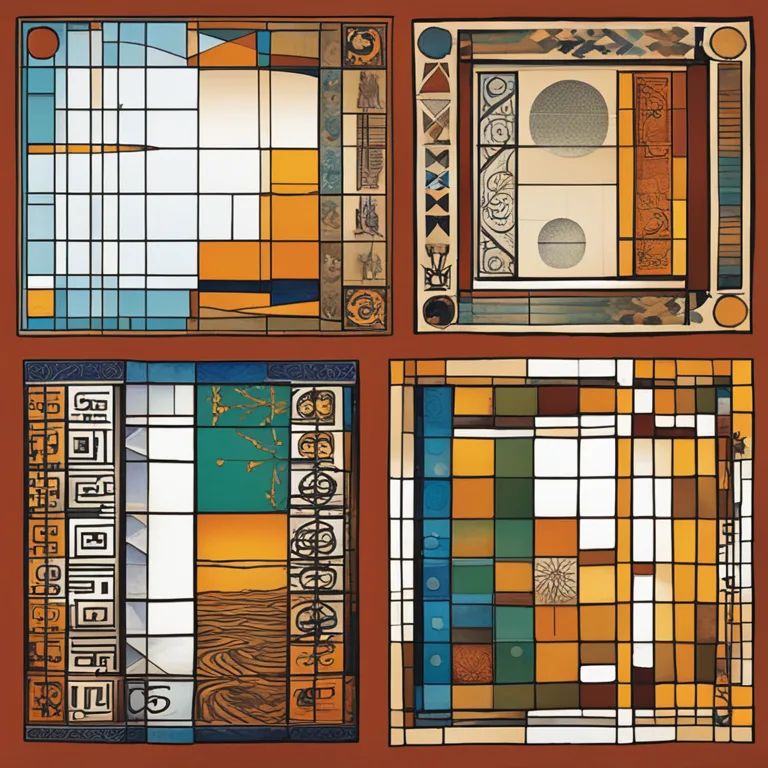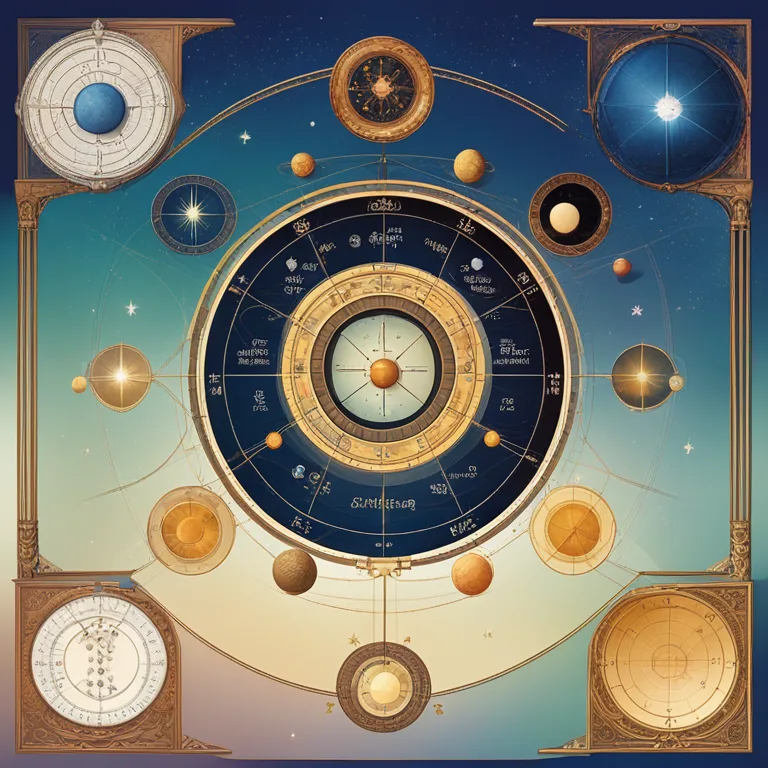
Synergy of Stars: Birth Chart Compatibility Secrets
Delve into the cosmic synergy between two birth charts to reveal the secrets of relationship compatibility.
article by Priya Deshmukh
Introduction to Birth Chart Synastry
Astrology offers a celestial roadmap to understanding individual personalities and destinies through the birth chart—a snapshot of the sky at the moment of one's birth. Beyond solitary interpretations, birth chart compatibility, or synastry, studies the interplay of two charts, unveiling the potential harmony or discord in relationships. It evaluates the dynamics between planets and sensitive points across both charts to forecast the ebb and flow of rapport amongst individuals. Entwining these cosmic insights can empower relationships through a profound comprehension of inherent interconnections.

Core Components of Compatibility
The sun, the moon, and the ascendant, known as the "Big Three" in astrology, form the foundational elements for synastry analysis. The sun reflects our essence, the moon governs emotions, and the ascendant represents how we present to the world. Harmonious aspects between these points suggest an innate understanding and agreement of each other’s core characteristics. Moreover, the positioning of Venus and Mars is crucial for gauging the affection and sexual chemistry between partners. Observing these planetary interactions offers invaluable insights into the underpinnings of a couple's compatibility.

Challenges in Chart Comparisons
Astrological compatibility also identifies potential challenges within a relationship. Friction can manifest when there are squares or oppositions—hard aspects between planets in the comparative charts. These suggest areas where growth and compromise are necessary. For instance, a square between one person’s Mars and another’s Venus might indicate conflicting desires or disagreement on relationship dynamics. However, challenges can serve as opportunities for personal development and increased understanding if navigated with awareness and sensitivity.

Trines and Sextiles: Harbingers of Harmony
Conversely, trines and sextiles are easy aspects that signify natural flow and support between the parties. For instance, a trine between one person’s Jupiter and another’s sun can bring about mutual growth and shared optimism. The presence of these aspects often points to areas within the relationship where both partners will feel uplifted and encouraged. They are cosmic testimonies to a path of reduced friction, where energies are aligned and reinforce the union’s stability and satisfaction.

The Role of Outer Planets in Long-Term Bonds
The outer planets—Uranus, Neptune, and Pluto—play a significant role in the long-term evolution of relationships. These generational planets move slowly and can affect relationships in profound, if often subtle, ways. Uranus introduces elements of change and independence, while Neptune invokes compassion, but also illusion. Pluto's transformative energy may lead to power struggles or deep healing. Their aspects to personal planets can symbolize karmic connections and pivotal lessons that will shape the relationship's trajectory over time.
Future Trends Affecting Relationships
Looking ahead to 2024 and beyond, shifts in planetary positions will influence collective energies impacting relationships. Jupiter’s transit through Aries encourages boldness in pursuing connections, while Saturn in Pisces subtly demands a soulful understanding of relationship boundaries. As these celestial bodies shift through the zodiac, they encourage reflection and growth within partnerships. Staying attuned to these cosmic currents can aid individuals and couples in navigating their relational paths with greater harmony and foresight.
Published: 12/27/2023
Modified: 12/27/2023
More predictions
Come back here soon to learn more about yourself and your future


Moon Magic in Romance: The Impact of Lunar Phases
Discover how the lunar cycle relates to your love life and partnerships. Learn to interpret the moon's phases for harmony and connection in relationships.


Moon Phase Yoga: Aligning Body & Cosmos
Discover how Moon Phase Yoga harmonizes your practice with lunar cycles for a deeper spiritual and physical connection.


Tracking Moon Phases: A Simple Guide
Learn the easy steps to find out the current phase of the moon with our simple guide, perfect for astrology and horoscope enthusiasts.